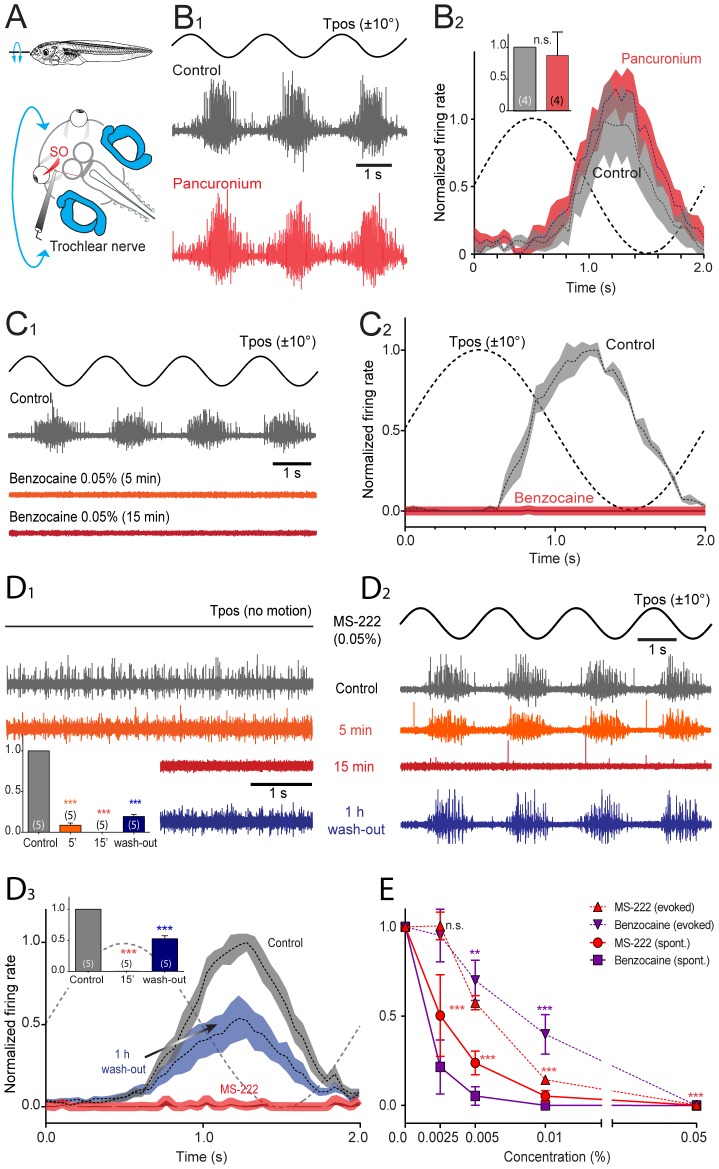Figure 3. Effect of pancuronium, benzocaine and MS-222 on extraocular motoneuronal discharge in Xenopus tadpoles.
A, Schematic of the experimental setting depicting the semi-intact preparation, roll-axis turntable positional changes (Tpos, 0.5 Hz, ±10°) and extracellular recordings of spontaneous and motion-evoked multiple-unit discharge of the superior oblique (SO) eye muscle-innervating trochlear nerve. B-D, Single sweeps of sinusoidal roll motion (Tpos)-evoked discharge modulation (B1,C1,D2), spontaneous firing of the trochlear nerve (D1) and average firing rate modulation (± SEM, shaded areas) over a single cycle (dashed line; B2,C2,D3) before (Control, gray traces and plots), 5 min (orange traces and plots), 15 min (red traces and plots) and after wash-out (blue traces and plots) of bath-applied pancuronium (0.12 mg/ml, B), benzocaine (0.05%, C) and MS-222 (0.05%, D); inset in B2 shows relative peak firing rates before (gray) and after pancuronium application (red); insets in D1,3 show relative resting rates (D1) and peak firing rates during roll motion stimulation (D3) before and during drug application and after wash-out; number of experiments in parentheses in insets; while no significant change (n.s., p = 0.975) of the peak firing rate occurred after adding pancuronium to the bath (B), benzocaine (C) and MS-222 (D) blocked the motor responses entirely (***, p≤0.0001). E, Dose-response curve of benzocaine and MS-222 (n = 20, respectively) on spontaneous and motion-triggered peak modulation values of multiple-unit trochlear motor spike discharge.

